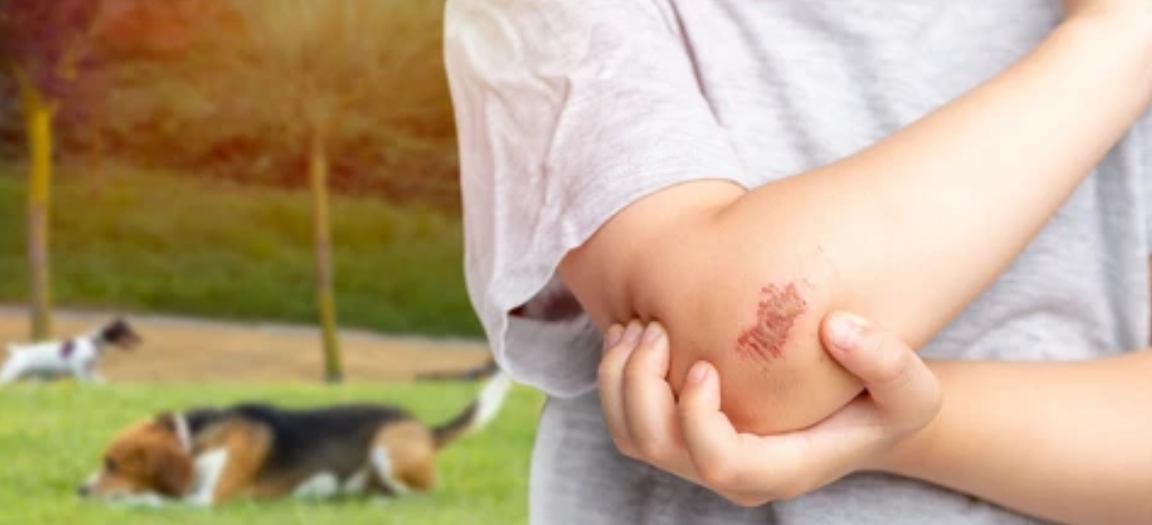Everyday Minor Injuries
Many everyday activities—such as sports, cooking, gardening, or DIY projects—can lead to minor injuries. Although they rarely require a medical professional, proper care is essential. Indeed, the main goal is to avoid infection, because the faster a wound heals, the less noticeable the scar will be.
Scarring is a natural process that occurs when the skin repairs itself, not only after surgery but also after a simple cut or scratch. While some scars are unavoidable, it is possible to make them as invisible as possible and improve their appearance. Generally, a wound heals in about 2 to 3 weeks. However, the speed of healing of superficial wounds depends on lifestyle, overall health, and age. This article provides the treatment and care needed.
Superficial Wounds Treatment and Care – Step by Step
- Clean the wound
Rinse the wound with cool water and mild soap, or use saline solution (NaCl 0.9%). This clears residues and thus helps prevent infection. - Protect and keep it moist
Cover the wound and maintain moisture using the Stop Hémo® product line. Made of calcium alginate, Stop Hémo® is hydrophilic: it absorbs blood or exudate and at the same time keeps the wound in a moist environment that is favorable for wound healing.- Stop Hémo® swab: for small cuts, scrapes, or scratches.
- Stop Hémo® spray: for larger or hard-to-treat wounds (such as those in hairy areas, scalp, skin folds, or between fingers).
In addition, Stop Hémo® releases calcium ions, which support the natural wound healing process.
- Be careful when changing dressings
If a dressing sticks to the wound, do not pull it off abruptly, since this may damage the new skin and cause re-bleeding. Instead, moisten it with saline or run it under the shower to detach it easily. - Do not remove the scab
Allow it to fall off naturally. Picking scabs can disrupt healing and increase the risk of scarring. - Massage with a healing cream
When the scab falls off, massage the skin with a healing cream twice daily until the wound heals completely. As a result, massaging helps break down scar tissue and improve circulation. Moreover, many creams are available on the market, so ask your pharmacist for advice. - Avoid sun exposure
Protect the wound from sunlight for at least one year. UV rays can cause permanent hyperpigmentation of new skin. Therefore, if the wound is on your face or hands, apply SPF 50 sunscreen daily, regardless of the weather.
Importance of Moist Wound Healing
Modern medicine recognizes that a moist wound healing environment has many benefits. For example, it prevents dehydration, reduces pain and scarring, stimulates collagen synthesis, and promotes cell migration. Consequently, this accelerates recovery and improves the overall quality of healing.
Conclusion
Understanding the basics of superficial wounds treatment and care is essential for faster healing and better aesthetic results. By cleaning the wound properly, keeping it moist, and protecting it from trauma and sunlight, you can reduce the risk of infection and scarring.
👉 Tip: Always keep Stop Hémo® swabs and sprays in your first-aid kit. They provide fast and effective protection, supporting the body’s natural healing process.
KEY POINTS TO REMEMBER
While scars are a natural part of the healing process, taking proactive steps to care for superficial
wounds can significantly minimise their visibility and the likelihood of long-term scarring.
Consult a doctor if the wound is deep, bleeds heavily or if you notice any signs of infection such as
redness, swelling, pain or warmth. You should also consult a doctor if you are unable to clean the
wound yourself, or if foreign bodies need to be removed.
Source:
Johns Hopkins Medicine – Everyday Cuts and Scrapes: How to Prevent Scarring (accessed 07/03/2024)



